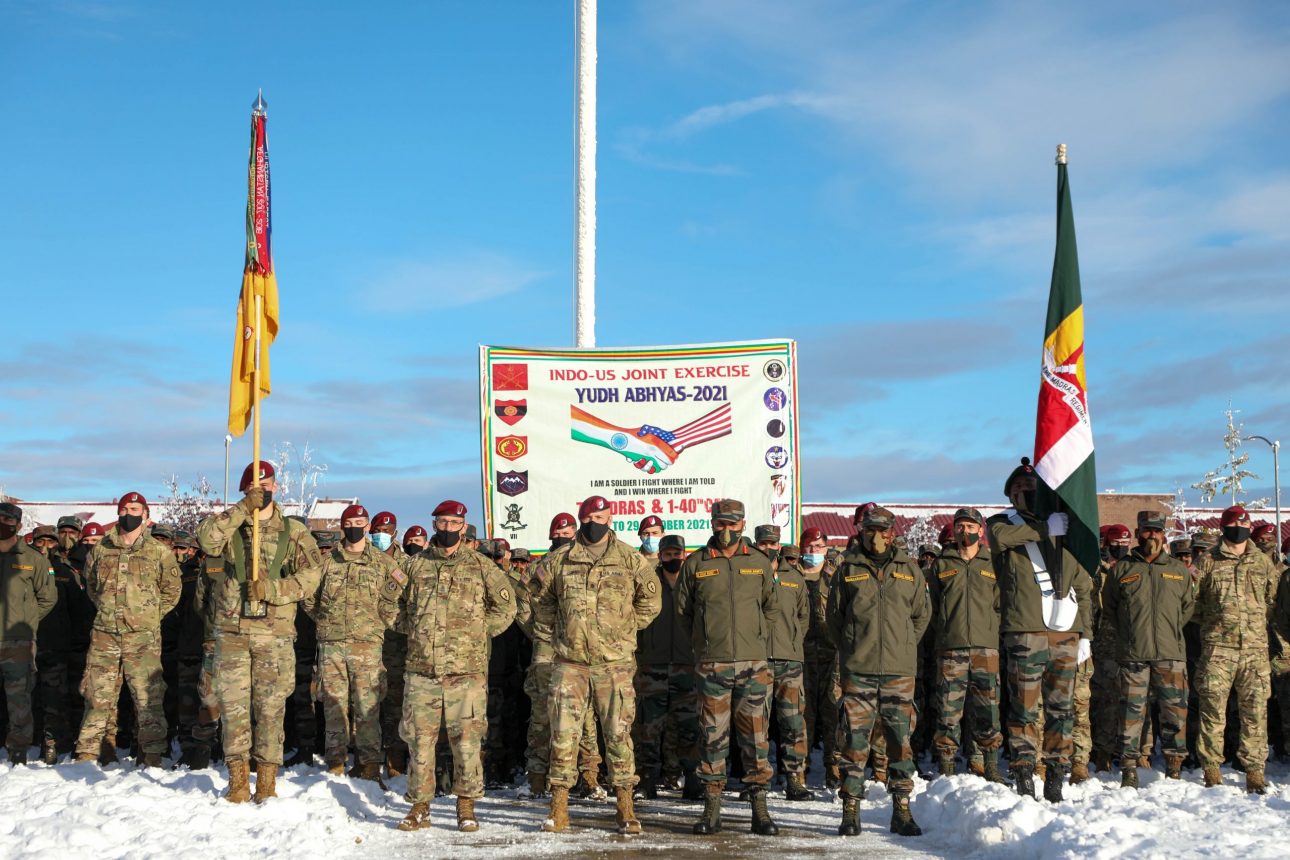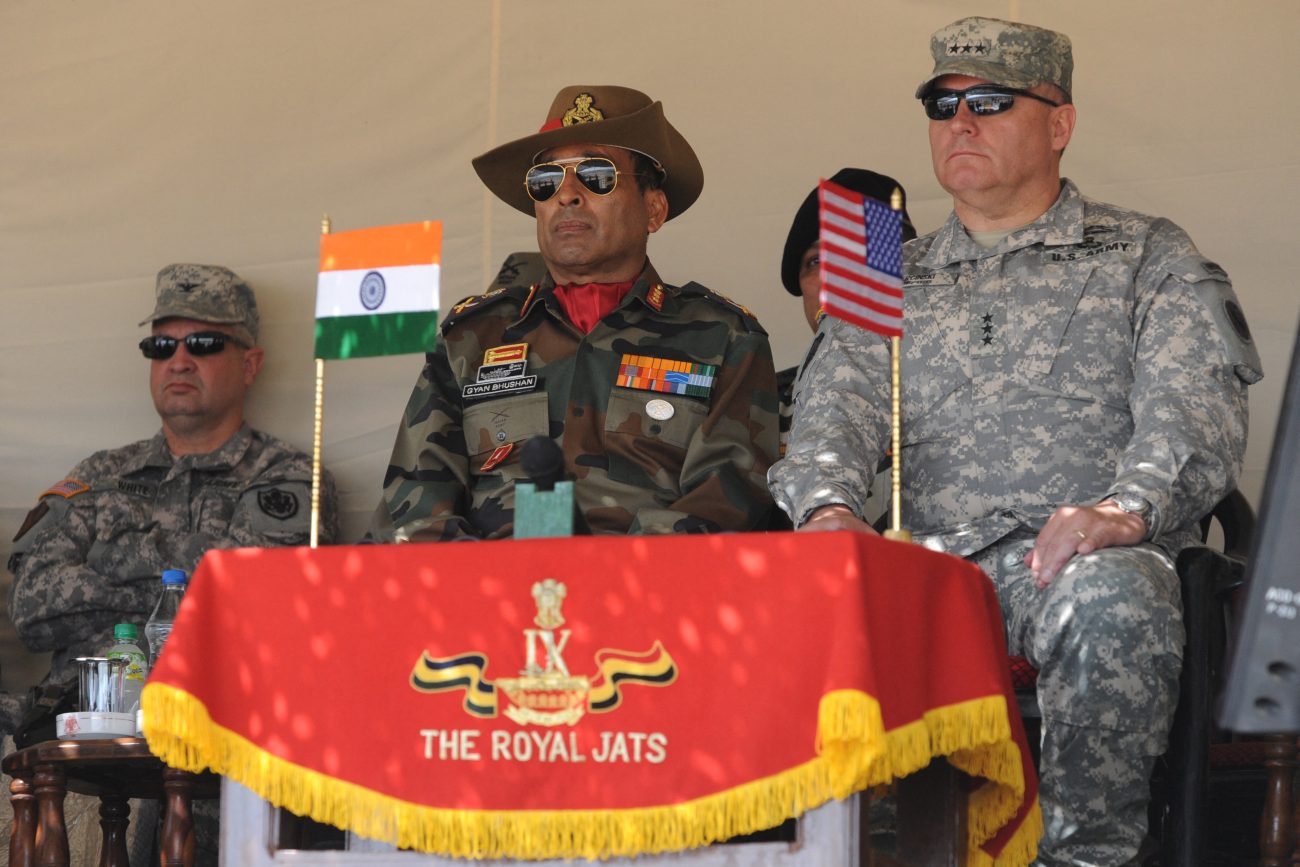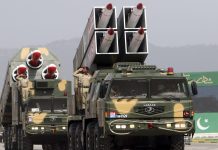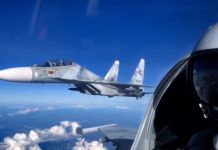While former U.S. President Joe Biden hailed the Indo-U.S. relationship as the “defining partnership of the 21st century,” many perceive President Donald Trump’s tenure as having strained this bond, which had enjoyed consistent bipartisan support and steady growth over the past 25 years.
Strategic elites both in India and the United States wonder whether Trump’s sudden animosity towards India is due to his weaponization of trade tariffs or it goes beyond to include other reasons, including personal diatribe against his “friend” Indian Prime Minister Narendra Modi for “betraying him” by denying his contribution towards ending the recent India-Pakistan skirmishes, thus weakening his endeavour to attain the cherished goal of a Nobel Peace Prize.
On the other hand, for the first time in recent history, President Trump’s actions, statements, and coercive tone have made relations with the United States an explosive domestic political issue in India.
The opposition, the media, and the Indian public are pressurizing the Modi government to avoid showing any weakness whatsoever before the American threat. Increasingly, the U.S. is seen now in India as an unreliable partner.
Trump’s sudden “hostility” towards India seemingly has fallouts on many dimensions of the bilateral relationship, including the one on the hitherto growing military ties, which the following paragraphs will be confined to.
After all, “security” has been one of the most important pillars in the Indo-US relationship, as evidenced by the numerous defense projects, initiatives, and agreements in recent years. Will there be a pause in all this, as has been the case in trade, now that India is a friend-turned foe for President Trump?
It is a very difficult question to answer, though unconfirmed reports suggest that India is re-examining some of the military deals agreed upon earlier, and Defence Minister Rajnath Singh may not undertake his scheduled visit this month to Washington to conclude some major arms deals.
However, an attempt has been made below to compile the range of security cooperation and agreements between the two countries over the last few years that now face an uncertain future. This is based on the official data and statements of both India and the United States.
To begin with, it should be noted that defense cooperation between India and the United States is multifaceted. It includes regular institutionalized bilateral dialogue, military exercises, and defense procurements.

At the apex of dialogue mechanisms is the 2+2 Ministerial Dialogue co-chaired by the Minister of External Affairs and Minister of Defence and the U.S. Secretary of State and Secretary of Defense. This dialogue guides on political, military, and strategic issues.
In the U.S., the Defense Policy Group (DPG), headed by the Defense Secretary and Under Secretary of Defense (Policy), provides a platform for a comprehensive review of defense dialogues/mechanisms.
India-US defense cooperation is said to be based on “New Framework for India-US Defense Cooperation”, which was renewed for ten years in 2015.
In 2016, the defense relationship was designated as a Major Defence Partnership (MDP). On 30 July 2018, India was moved into Tier 1 of the U.S. Department of Commerceʼs Strategic Trade Authorization license exception. It allows India to receive license-free access to a wide range of military and dual-use technologies.
The two countries have concluded important defense agreements that provide the framework for interaction and cooperation.
These are: Logistics Exchange Memorandum of Agreement (2016); Communications Compatibility and Security Agreement (2018); Industrial Security Agreement (2019); and Basic Exchange and Cooperation Agreement (2020) and Memorandum of Intent for Defense Innovation Cooperation (2018); and Security of Supplies Arrangement (SOSA) and Memorandum of Agreement regarding the Assignment of Liaison Officers (2024).
It may be noted that before 2008, U.S.-India defense trade was relatively limited, involving modest U.S. sales of naval helicopters and counter-battery radars in the mid-2000s.
In 2007, the United States provided India with an amphibious transport dock ship under the U.S. Excess Defense Articles program. The combined cost of these three deals was roughly $233 million.
However, since 2008, India has contracted for at least $24 billion worth of U.S.-origin defense articles, purchasing items through the Foreign Military Sales (FMS) and the Direct Commercial Sales (DCS) processes.
Major U.S. sales since 2008 include transport and maritime aircraft; transport, maritime, and attack helicopters; anti-ship missiles; and howitzers, among others. India is now the largest operator of C-17 Globemaster heavy transport and P-8I Poseidon maritime patrol aircraft outside of the United States.
In late 2024, the U.S. Congress was notified of a possible FMS to India of 30 advanced radio systems and other support equipment worth an estimated $1.17 billion for India’s Seahawk naval helicopters, with a goal of upgrading India’s anti-submarine warfare (ASW) capabilities.
Other proposed sales include ASW sonobuoys, turbofans for indigenously produced Indian combat aircraft, and additional MK 54 torpedoes, Hellfire anti-tank missiles, and Excalibur guided artillery rounds. The United States also offers India advanced combat aircraft such as the F-21 Fighting Falcon and potentially the fifth-generation F-35 Lightning II.
The two countries launched a bilateral Defense Acceleration Ecosystem (INDUS-X) in 2023 to expand strategic technology and defense industrial cooperation (this was redubbed as INDUS Innovation in early 2025).
At the time, Ohio-based General Electric issued an unprecedented proposal to produce its advanced F414 jet engine in India jointly.
Similarly, discussions on the coproduction of Stryker infantry combat vehicles and Javelin anti-tank missiles are ongoing.

India has also approved the procurement of 31 armed MQ-9B SeaGuardian and SkyGuardian unmanned aerial vehicles (UAVs) built by California-based General Atomics for as much as $4 billion.
Major U.S. Arms Purchases, 2000-2024
(Deliveries completed unless otherwise noted.)
Air
-
28 AH-64 Apache combat helicopters (25 delivered)
-
1,774 AGM-114 Hellfire anti-tank missiles (1,454 delivered)
-
600 WGU-59 air-to-surface rockets (25 delivered)
-
245 Stinger portable surface-to-air missiles
-
12 APG-78 Longbow combat helicopter radars
-
15 CH-47 Chinook transport helicopters
-
13 C-130 Hercules transport aircraft
-
11 C-17 Globemaster III heavy transport aircraft
-
2 MQ-9A Reaper UAVs (two-year lease in 2020)
-
512 CBU-97 guided bombs
-
640 JDAM and GBU-39 guided glide bombs (0 delivered)
-
249 turbofan aircraft engines (48 delivered)
Sea
-
1 Austin-class amphibious transport dock
-
24 MH-60R Seahawk naval helicopters (12 delivered)
-
12 P-8I Poseidon patrol and ASW aircraft
-
78 MK 54 ASW torpedoes (62 delivered)
-
6 S-61 Sea King ASW helicopters
-
63 Harpoon anti-ship missiles
-
18 naval gas turbines (4 delivered)
Land
-
12 Firefinder counter- battery radars
-
145 M-777 towed 155 mm howitzers
-
1,400 M-982 Excalibur guided artillery shells
-
145,400 SIG Sauer SIG716 assault rifles
Besides, one of the significant features of the Indo-US defense cooperation is “military to military exchanges” that are taking place through high-level visits, exercises, training courses, and regular service-specific bilateral mechanisms.
It is to be noted that India conducts one of the largest numbers of military exercises with the United States, which are growing in scale and complexity. Important bilateral exercises include Yudh Abhyas (Army), Vajra Prahar (Special Forces), Malabar (Navy), Cope India (Air Force), and Tiger Triumph (tri-services).
Other bilateral exercises include Tarkash joint ground force counterterrorism exercises involving U.S. Special Forces and India’s National Security Guard troops, and Sangam naval special forces exercises, which bring together companies of U.S. Navy SEALs and the Indian Navy’s Marine Commando Force.
Defense forces of the two countries also participate in the multilateral exercises. These include :
Red Flag (The U.S. Air Force conducts aerial combat exercises with units from allied and partner countries several times each year in the United States), RIMPAC (reportedly the world’s largest maritime exercise), and CUTLASS Express (sponsored by the Pentagon’s Africa Command.
The February 2025 edition of “East Africa’s premier maritime exercise” took place near Seychelles and included units from more than 20 countries, including India, Sea Dragon (annual ASW theater exercise.
The last one was held near Guam in March 2025 and included forces from the Quad partners and South Korea, and Milan (India has hosted this biennial Bay of Bengal exercise since 1994.
The U.S. Navy first participated in 2022. The 12th edition in February 2024 was the largest ever, with 50 nations and the inclusion of a U.S. Navy destroyer.
Significantly, India joined the U.S.-commanded multilateral Combined Maritime Force (CMF) based in Bahrain as an Associate Partner in April 2022. It became a full member in 2023. This multinational naval partnership has 46 members and five Joint Task Forces focused on counter-narcotics, counter-smuggling, and counter-piracy.
Incidentally, the two countries have formed the U.S.-India Counter Narcotics Working Group (CNWG) that meets annually to deal with the drug menace together through cooperative measures and mechanisms.
Besides, there is the India-U.S. Joint Working Group on Counter terrorism, featuring information exchange, capacity building, operational cooperation, and regular dialogue.
To sum up, given the above range of the security relationship, it is understandable when optimists say that it will weather the storm caused by Trump’s diatribe, if not now but after the U.S. midterm elections in 2027 and certainly in 2029 when his term ends.
Because any pause does not benefit either the U.S. or India, they argue. Be that as it may, there seem to be merits when one hears that Trump’s recent actions have taken the sheen out of India-US relations.
- Author and veteran journalist Prakash Nanda is Chairman of the Editorial Board of the EurAsian Times and has been commenting on politics, foreign policy, and strategic affairs for nearly three decades. He is a former National Fellow of the Indian Council for Historical Research and a recipient of the Seoul Peace Prize Scholarship.
- CONTACT: prakash.nanda (at) hotmail.com




